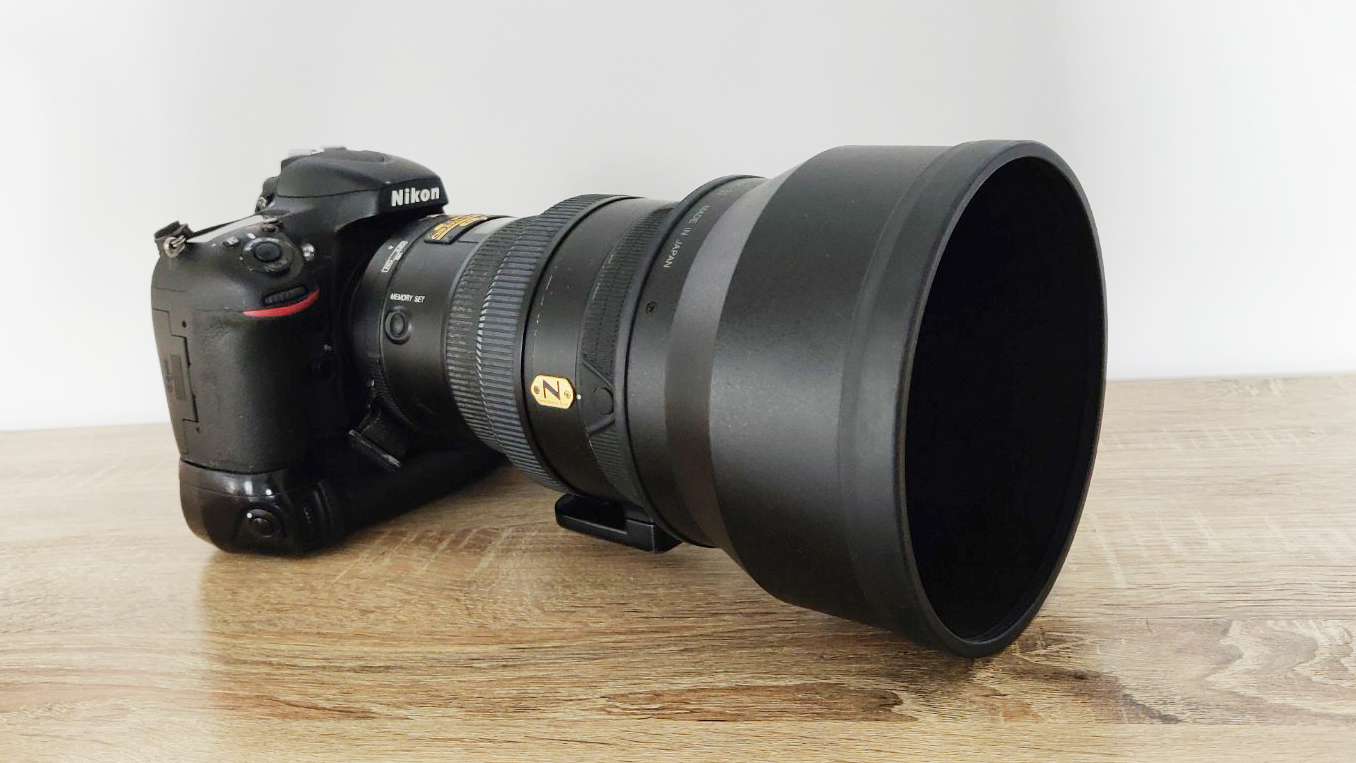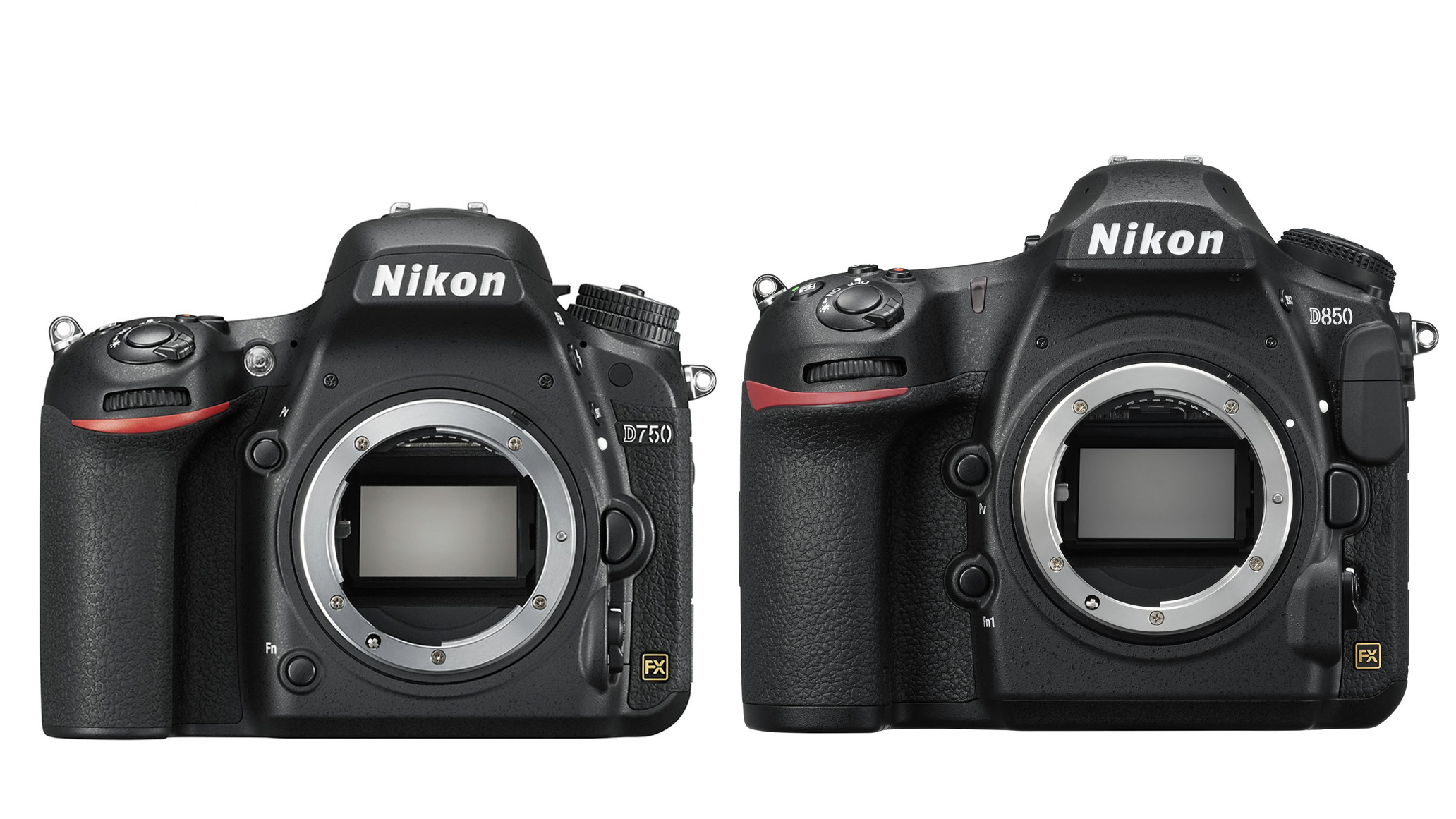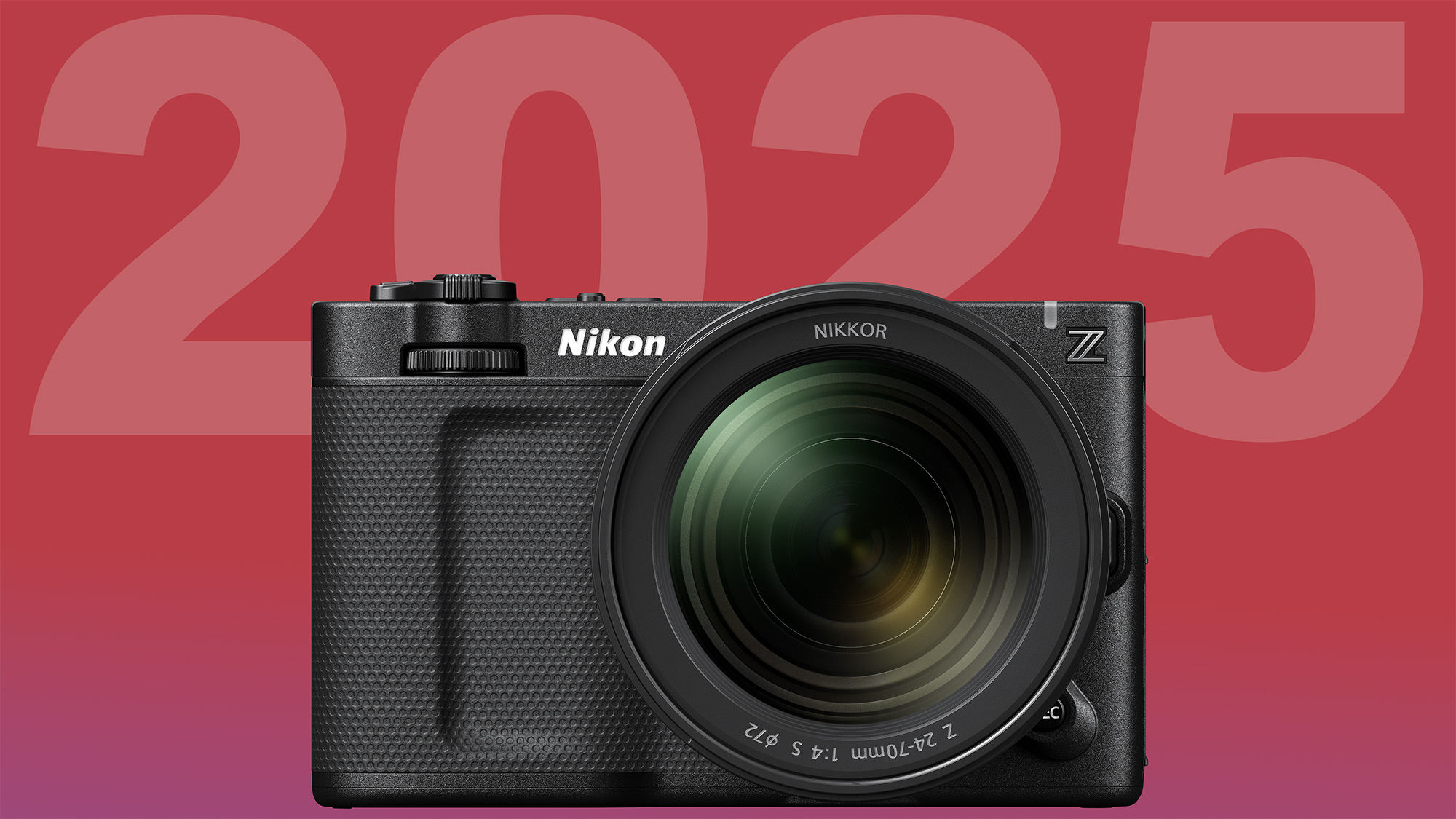Who remembers the hype (and headaches) of the Nikon D800? A DSLR revolution that took us by surprise
The launch of the Nikon D800 was unforgettable – and even today, this game-changing DSLR still holds its ground in the modern photography world
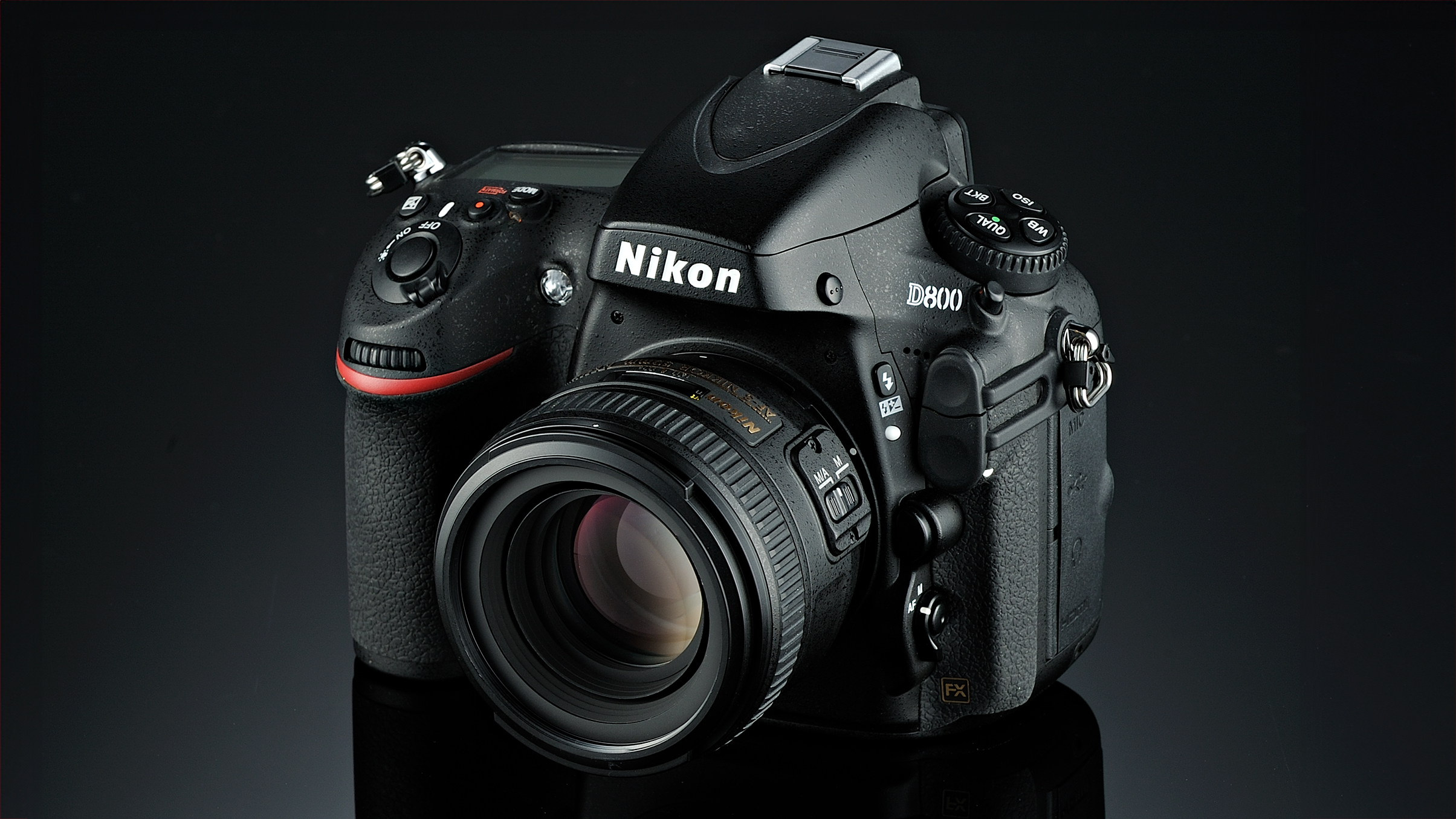
The Nikon D800 opened the door to something huge – a 36.3MP full-frame sensor, the highest resolution DSLR had ever seen back in 2012. It dropped jaws and challenged even medium format cameras. Nobody saw such a DSLR coming, nor the drama of its introduction.
Now, 13 years later, the Nikon D800 has become a cult classic that's still relevant if you want a stunning full-frame camera at an affordable price.
Nikon boldly followed up the D700 with this powerhouse, essentially stepping into medium format territory – a move that photographers didn't expect, but loved. The Nikon D800's pixel-packed 36.3MP sensor wasn't just a modest bump from the D700's 12.1MP – it was a total leap forward.
If you remember the Nikon D800's announcement, you'll remember the buzz. But what followed was a launch rollercoaster: pre-orders sold out globally. Production couldn't keep up. A mix of natural disasters severely impacted Nikon's manufacturing capabilities. As a result, some markets faced months-long delays and grey market prices went through the roof.
And then came the pricing saga. In the UK, Nikon initially announced a price – and then raised it by £200. Nikon called the first price a "mistake" and, while those who pre-ordered got their cameras at the original rate, everyone else had to cough up the extra cash. Not a great look, but still – the demand didn't slow.
Despite the hiccups, the Nikon D800 was groundbreaking. Nikon eventually discontinued it in 2014, but here we are in 2025 and this cult-classic DSLR is still going strong – now available on the used market for $400-$600, depending on condition.
So why is the Nikon D800 still a total steal today?
Let's start with the sensor: a 36.3MP full-frame CMOS with no optical low-pass filter. That means razor-sharp detail and image quality that can still hold up today. Its base ISO100 dynamic range hits around 14.4 stops, on par with sensors found in newer bodies like the Nikon Z7 or Sony A7R III.
The best camera deals, reviews, product advice, and unmissable photography news, direct to your inbox!
And there's something that today's mirrorless cameras just can't replace. The Nikon D800 features a full magnesium alloy body that is weather-sealed and handles like a true pro-grade DSLR.
You also get dual card slots (CompactFlash and SD), perfect for backup or RAW+JPEG workflows. Sure, it doesn't have WiFi or a touch screen, and no AI features. But that's part of the charm: it's a pure photography machine, with fewer distractions and full creative control.
The Nikon D800 is not built for sports photography (with only a 4fps burst) but for portraits, landscapes, studio and architecture it still shines. It features a 51-point autofocus (AF) system with 15 cross-type sensors.
Like most other DSLRs the Nikon D800 beats modern mirrorless cameras in battery life, giving you 900-1,000 shots per charge. By comparison, the Nikon Z6 II gives you approximately 420, the Sony A7 IV 580 and the Canon R6 II around 450 shots.
And it features the F-mount lens ecosystem of Nikon DSLR lenses, of which there is a great selection for small money on the used market thanks to the modern focus on mirrorless systems.
What about Nikon's more modern DSLRs?
There are newer DSLRs that offer more features, but at a much higher cost. The Nikon D750 (launched in 2014) is better in low light, slightly faster at 6.5 fps, but just features 24.3MP in terms of resolution.
The D850 (launched in 2017) comes with a stunning 45.7MP resolution, faster performance, 4K video and "silent" shutter. But you'll pay $1,500-2,000 used. And the Nikon D800 gives you 80% of the image quality for a fraction of the price.
Then there is the Nikon D780 (launched in 2020), featuring hybrid AF, 4K video and live view shooting. But unless you shoot video, it's not dramatically better – and costs as much as triple or quadruple, at around $1,600-1,800 used.
The Nikon D800 changed the game. It became a DSLR classic, now cheap enough to be accessible and powerful enough to still deliver world-class results in 2025. This DSLR rewards intention, demands skills and delivers files that still impress in a modern world obsessed with specs.
You might like...
You might want to discover another DSLR story: 7 years on, the Nikon D3500 is still my top DSLR choice (not just for beginners)
Browse the best lenses for the Nikon D800, and the best Nikon cameras.
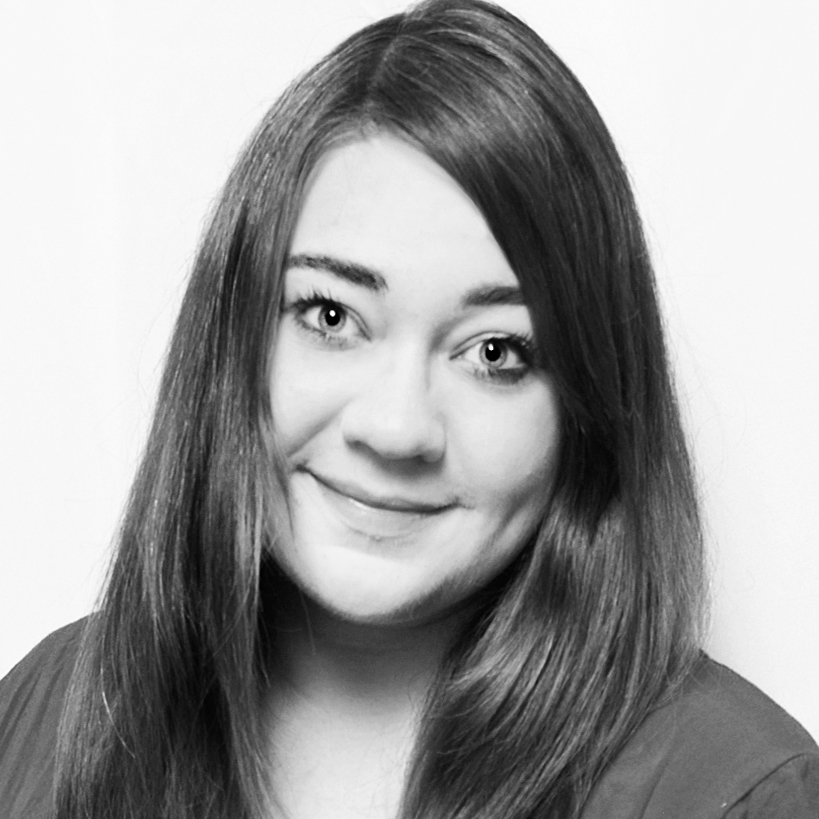
Kim is a photographer, editor and writer with work published internationally. She holds a Master's degree in Photography and Media and was formerly Technique Editor at Digital Photographer, focusing on the art and science of photography. Blending technical expertise with visual insight, Kim explores photography's time-honored yet ever-evolving role in culture. Through her features, tutorials, and gear reviews, she aims to encourage readers to explore the medium more deeply and embrace its full creative potential.
You must confirm your public display name before commenting
Please logout and then login again, you will then be prompted to enter your display name.
